Welcome back to Auto for Dummies, the techprincess column that in recent weeks wants to highlight the incredible stories of our automotive industry, often overshadowed by the great historic manufacturers such as FIAT, Alfa Romeo, Ferrari and so on. Today the protagonist is a very special small Bolognese house, the OSCA, inextricably linked to a great Italian motoring, Maserati. For what reason? We’ll find out all here today: Are you ready to start your engines?
The passage of Maserati to Orsi: the three Maserati brothers remain in their (now second) company
How is OSCA related to Maserati? The link is, it is appropriate to say it here, of blood. To understand what I’m talking about, we have to go back almost ninety years, to the mid-1930s. In this period, in fact, to ignite the Grand Prix of half the world there is a manufacturer from Bologna, which has the Trident of the statue of Neptune in Piazza Maggiore: Maserati, precisely.
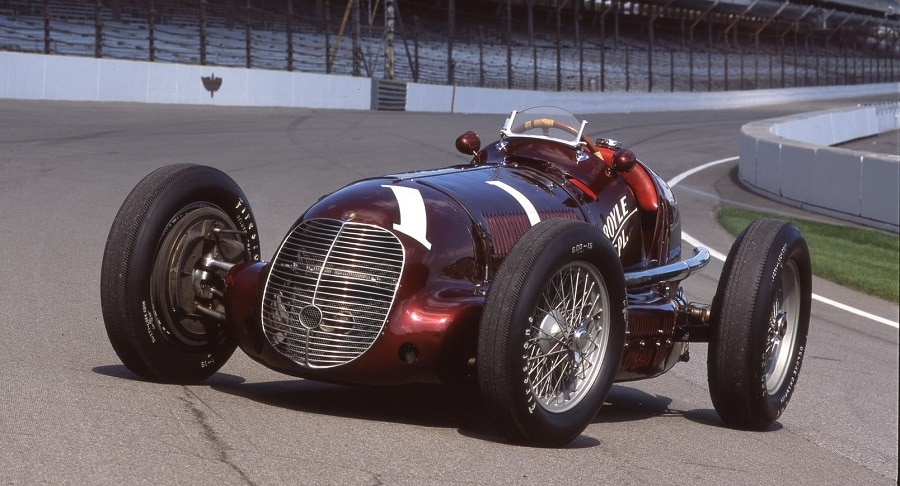
The company founded by Alfieri Maserati was in fact one of the most famous and renowned names in the racing world, linked to victories on circuits around the world and to legendary drivers such as Tazio Nuvolari or Achille Varzi. At the head of the Bolognese team were the Maserati brothers: Alfieri, the founder, Ernesto and Ettore Maserati. A lineage capable of founding in 1914 a company capable, with few means but a lot of talent, to establish itself on the international scene. In 1932, however, one fact shocked the House: iThe founder Alfieri, in fact, died from complications of a surgery. The brothers took over the company Ernesto, Ettore and Bindo, joined the family company for the thankless task of replacing his brother.
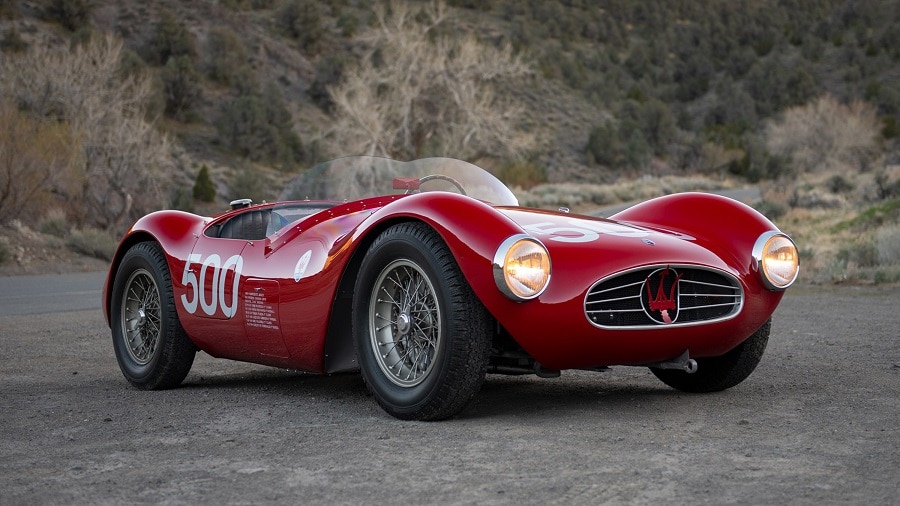
Thanks to their ability to exploit every resource to excel, the little Maserati became a object of desire for several entrepreneurs, eager to get their hands on this little gem. The most convinced and determined, however, was the Modenese industrialist Adolfo Orsi, who bought the Bolognese house in 1937. Orsi, an industrialist active in the metallurgical industry, decided to move the Maserati headquarters from Bologna to Modena, where one of its steel mills was based. So Maserati moved into Via Ciro Menotti, where the company’s factory is still located today, and the Maserati brothers went with it to Modena. In fact, the three brothers inserted a 10-year management and presidency contract of their House, from 1937 to 1947.
The birth of OSCA: return to Bologna, and a different goal: sports cars
Under the Orsi-Maserati management some of the most successful and famous cars of the Trident were born: above you can see two of them, in order of appearance the A6GCS is at 8CTF: the latter was and still is the only Italian car capable of winning the Indianapolis 500. The work of the Maserati Brothers therefore gave their former company excellent successes. The three brothers, however, felt in cage, oppressed by a House that bore their name, but which in fact was no longer theirs. The desire for revenge then led them to plan a new adventure, to begin upon expiry of the ten-year contract with Orsi. Thus, between 1937 and 1947, the Maserati brothers devised a plan to bring their next creature to its debut.
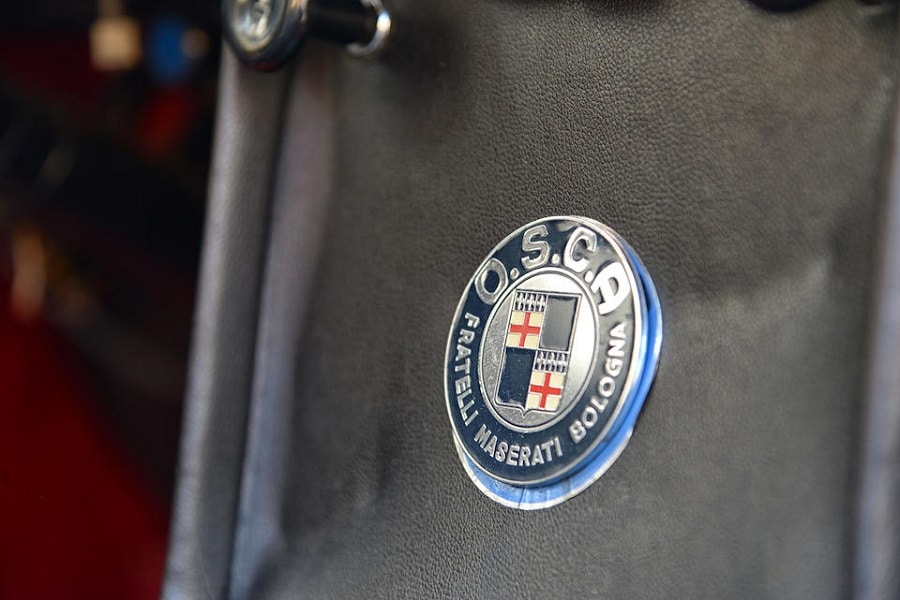
And, at the end of the tenth year of presence in Orsi’s Maserati, Ettore, Ernesto and Bindo Maserati left the company founded by their late brother forever. They thus returned to Bologna, where he was born in December 1947 the OSCA, Specialized Automobile Construction Workshop. Behind an apparently “banal” name, however, the genius of the Maserati brothers was hiding. The rest, OSCA itself made no great secret of it, indeed it was a source of pride: the logo in fact read “OSCA Maserati Brothers Bologna “. A brand that was just born therefore had behind it the engineering genius, the talent in entrepreneurship and the resourcefulness that had led Maserati to become great.
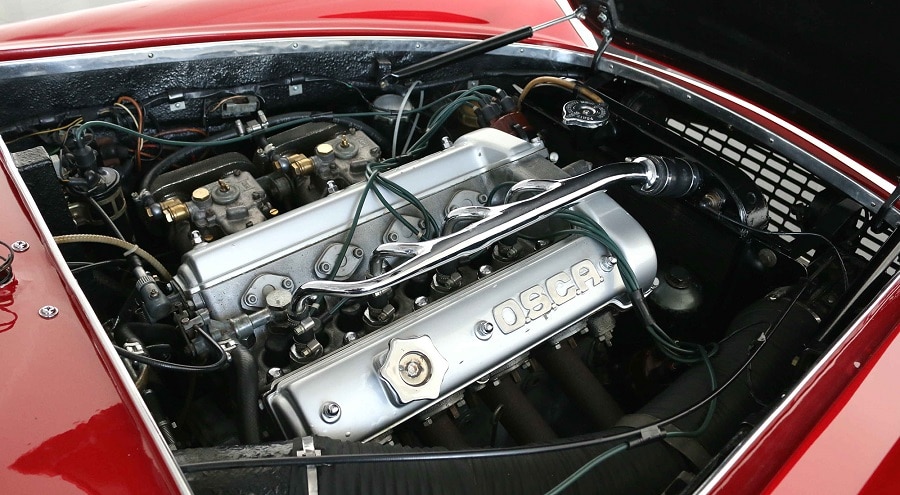
The Maserati brothers, however, knew they had to leave with great calm. In fact, the first OSCA-branded cars were made in the basement of one of the Maserati brothers in Bologna, to avoid wasting money in a workshop ahead of time. Shortly thereafter, however, the House settled in a warehouse in San Lazzaro di Savena, the same that their Maserati abandoned in 1940 to move to Modena. The factory, however, was the only thing OSCA had in common with Maserati cars. In fact, the OSCA’s focus was not on Grand Prix cars or large displacement, as it was for Maserati. Rather, OSCA specialized in an extremely successful discipline in Italy and Europe: Sport races, with touring cars derived from the series and small-displacement engines.
The successes on circuits all over the world: the secret of OSCA is balance, like MT4
Thus was born the first car created and built by OSCA, the MT4, Maserati Type 4. A name that wants to make it clear that yes, we are precisely those Maserati brothers. MT4 was inspired by the largest and already successful Maserati A6GCS, but the brothers aimed for something other than the power of the engine: balance and lightness. All OSCAs were in fact very light, with a real obsession with weight.
A style that will then be pursued by other greats in the world of motors, including Colin Chapman, founder and key man of Lotus, and Gordon Murray, designer of the McLarens of F1 of the 80s and 90s, of the McLaren F1, of the GMA T .50 and many other cars obsessed with lightness. The engine, in fact, was not particularly powerful: the project was derived from that of a very normal FIAT 1100. However, very little remained of the original engine. The block was in alloy, and the power was considerable: the first MT4s with a 1,100 engine had in fact well 80 CV.
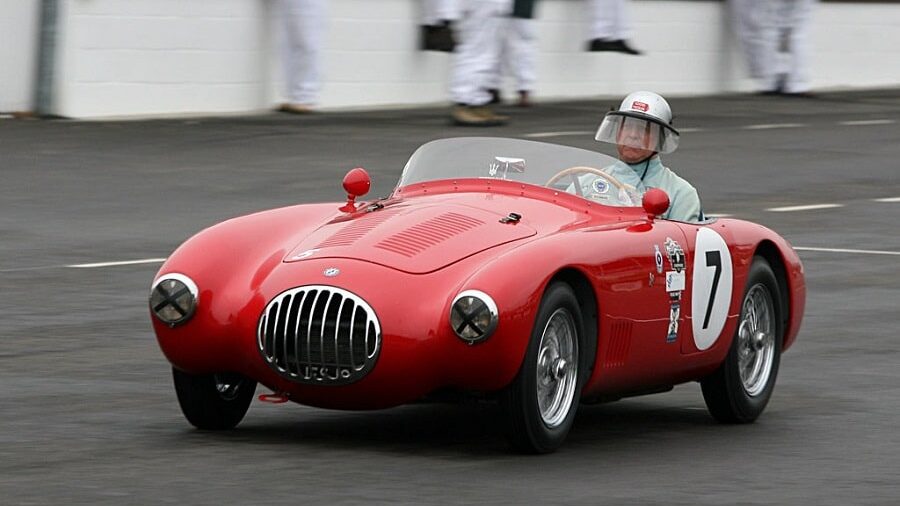
With a smooth but relatively underpowered engine, the strengths of the MT4s were other: reliability, driveability and ease. The OSCAs, albeit handmade, were made maniacally, with incredible attention to the smallest detail. Instead of engine power, they were aiming for agility, lightness, easy handling. Despite the contained displacement, the OSCAs immediately made the pilots love them and they were in able to beat cars of higher class and displacement. Indeed, on some occasions they were able to annoy the premier class with 3.5-liter engines. And indeed, Luigi Villoresi obtained the overall victory at the 1948 Naples Grand Prix behind the wheel of an OSCA MT4. A success obtained against cars of much higher classes, and which demonstrated the capabilities of the brand to the world. MT4 was available with uncovered or covered wheels, as a small boat or dressed with the work of body builders such as Frua, Vignale or Ghia.
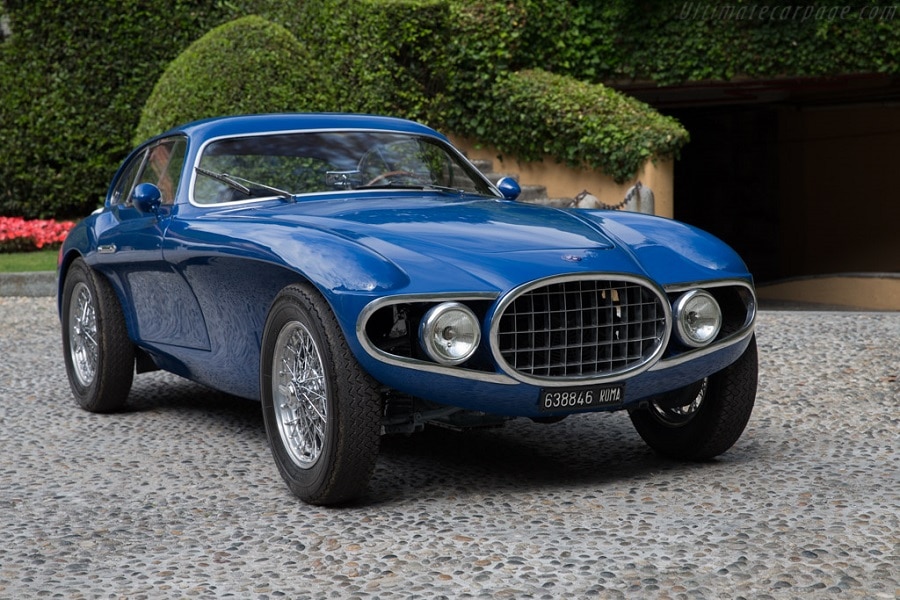
In the photos, for example, you can find two MT4s mechanically identical, but which from an aesthetic point of view are almost unrecognizable. The first, the red boat, has a body designed by Frua. The blue coupe, on the other hand, is dressed by Vignale. Coming back to us, after an increase in power, with engines that come to 1.5 of displacement, in OSCA they introduce the double camshaft and double spark plug system.
The MT4 equipped with a 1.5 twin-shaft Twin Spark engine comes to have almost 140 hp, by a weight of just over 550 kg. Numbers that are still dreamy today, but crazy at the time, which make it clear that the MT4 was a very tough rival even for 3.5-liter top-class cars. And in fact, one MT4 1500TN, the New Type equipped with all the modifications, won the 1954 12 Hours of Sebring against the much more powerful Lancia D24, Aston Martin DBR3 / 4 and other very powerful rivals. The driver of this car? A legend: the great Stirling Moss.
In search of funds, the road OSCAs are born: sporty cars with FIAT and GT made in Bologna
In the early 1950s, OSCAs are the must-have cars. Stirling Moss loved them, so much so that he included one in his personal collection and used it until he retired from competitions in 2011. In addition to the legendary Moss, many chose the very reliable and surprising Italian cars, capable of playing them even to the most powerful rivals. After some unfortunate attempts in Formula 1 and 2, first as a manufacturer and later as an engine supplier, OSCA focused again on sports cars. After several successful years, however, OSCA began to lose appeal. The rival cars, also thanks to the reduction of the displacement in Formula 1 to 1.5 liters, began to become lighter and more manageable, making OSCA lose its peculiarity. Being then handmade with an almost pathological level of care and attention, OSCA prices were prohibitive to say the least.

The decline in sales of racing models forced the Maserati brothers to approaching a new market, that of road cars. In 1959, in fact, OSCA signed a agreement with FIAT, which had up to now provided the basic engines for the Bolognese company’s elaborations. The agreement provided that OSCA supplied the Turin-based manufacturer with an engine to be included in two FIAT-branded sports cars, the 1500 Coupé and Spider. Both drawn from the pencil of Battista “Pinin” Farina, and based on the frame of the 1200 Granluce, the 1500S were equipped with an 80 bhp 1.5 twin cam, derived from that of the MT4. Some 1500S, however, were assembled directly in OSCA in Bologna: recognizable by a few more aerodynamic appendages, these had over 20 HP more than the Turin versions, and now they are highly sought after. Then the 1600S, with the new OSCA 1.6 engine which we will see shortly.
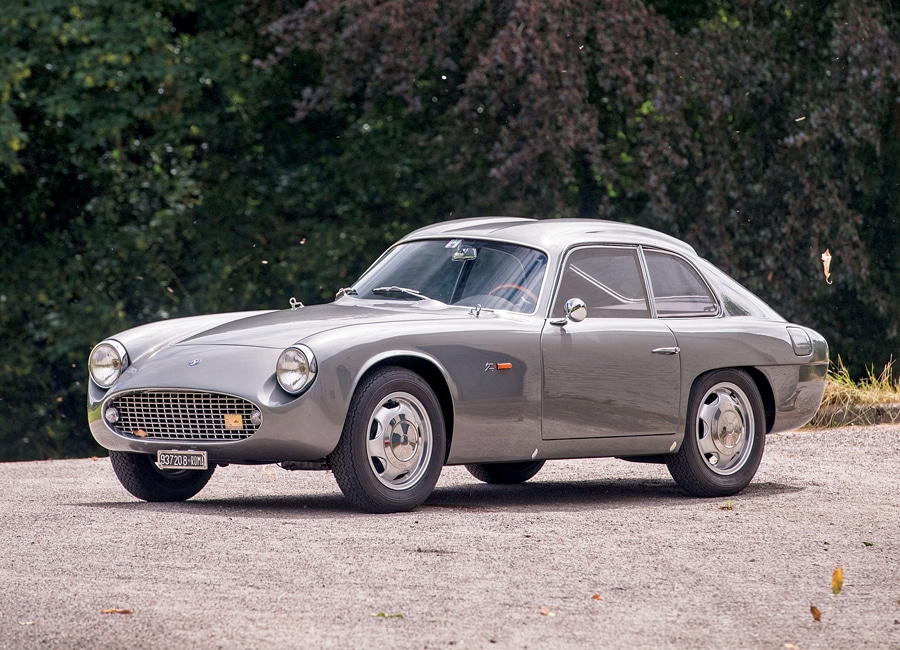
But OSCA did not stop at the assembly of sports cars for FIAT. The real goal of OSCA was to gain experience with an already developed road car such as the 1500S, and then launch itself into the world of road sports cars. Thus was born the chassis 1600: at the time, in fact, several manufacturers only made the mechanics of the car. One of the great Italian body shops would have thought of the bodywork and interiors: Ghia, Zagato, Vignale, Pininfarina, Bertone. Thus, the first and most famous of OSCA’s 1600 GTs, the 1600 GT Zagato, was presented at the 1960 Turin Motor Show.. As the name suggests, the bodywork was made by the Milanese coachbuilder Zagato, who incorporated all his classic stylistic features.
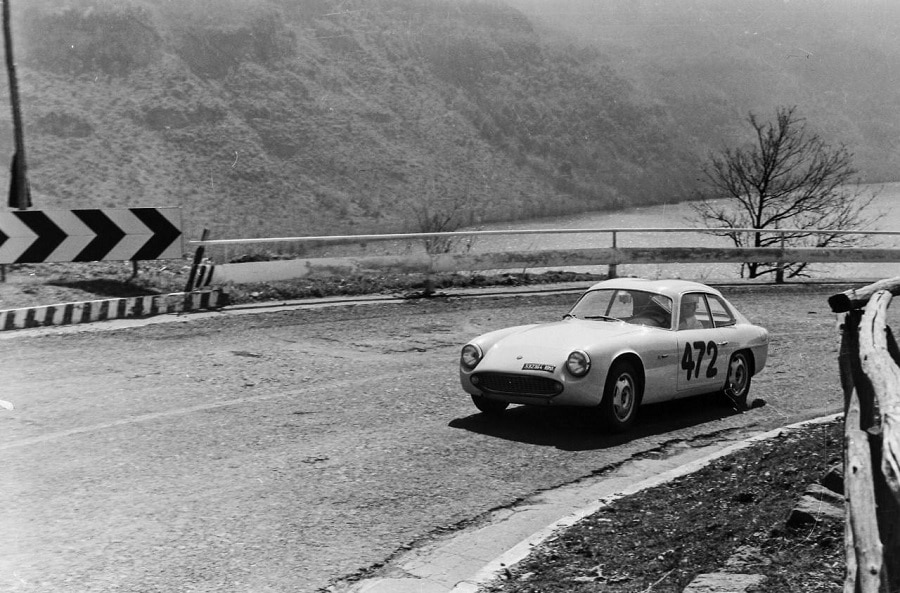
The double hump on the roof, the hint of ponton in coda, lsuper light body made entirely of aluminum: the 1600 GTZ is a true Zagato. Under the hood, then, there is a fantastic 1.6 twin cam built from scratch by the Maserati brothers equipped with numbers that would make it a record still today. This small 1.6 4-cylinder was in fact able to deliver …






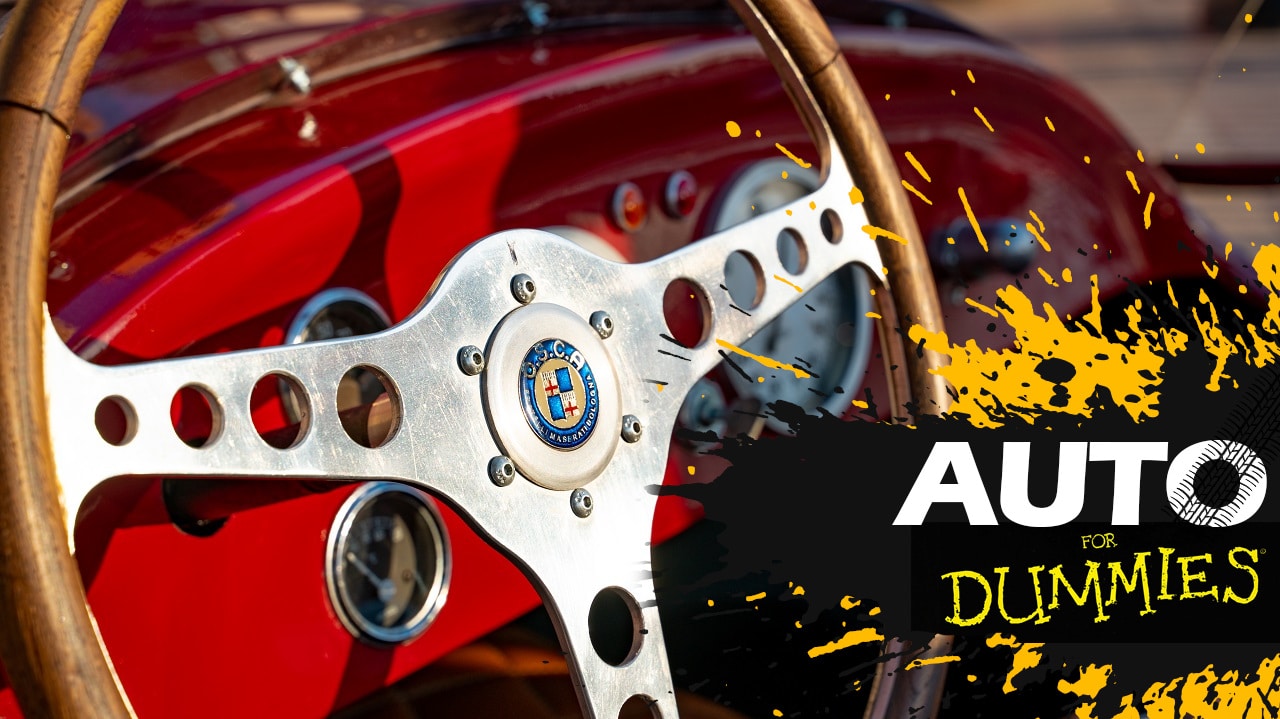









Leave a Reply
View Comments